Stargazing delight! Mars, Venus, and Mercury to align with the crescent Moon tonight
Tonight, witness a celestial spectacle: Mars, Venus, Mercury, and the crescent moon align in the western sky after sunset.
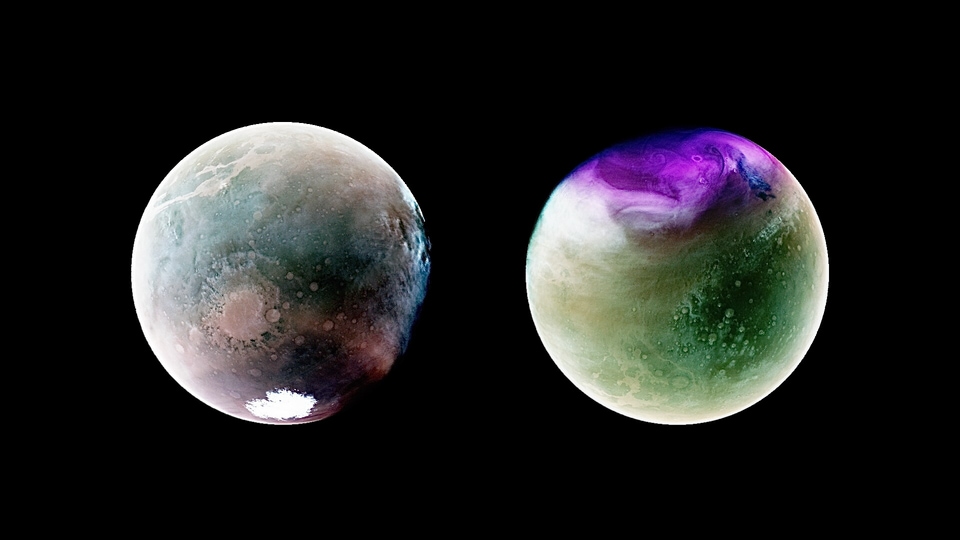
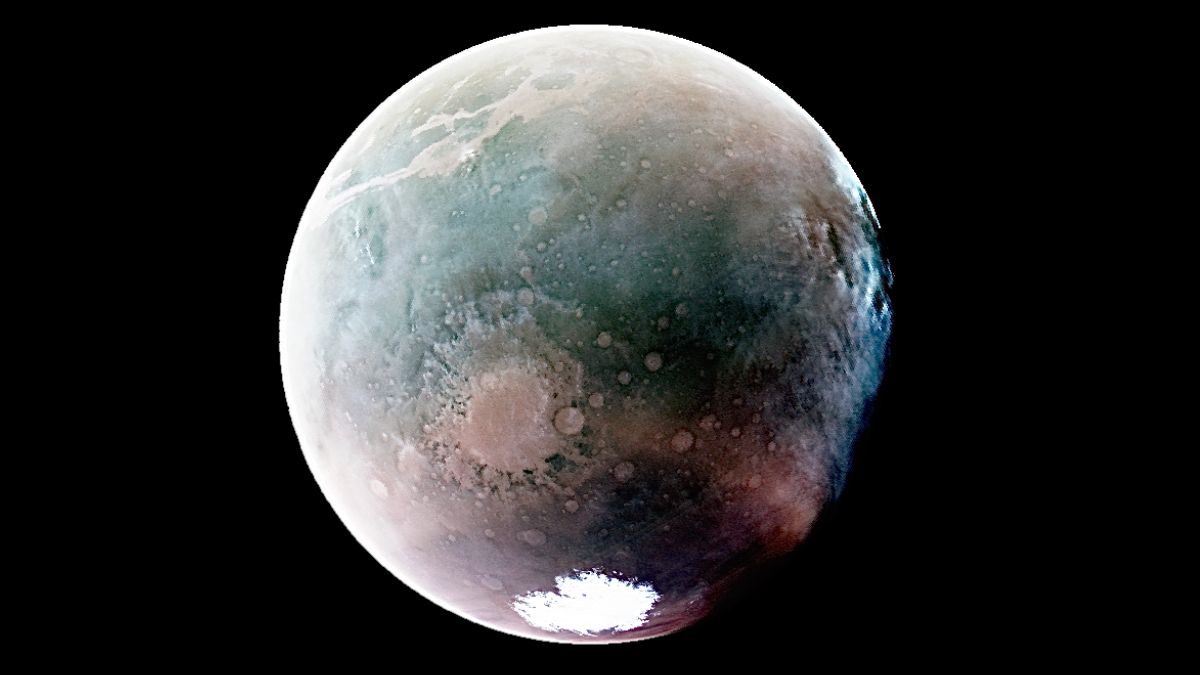
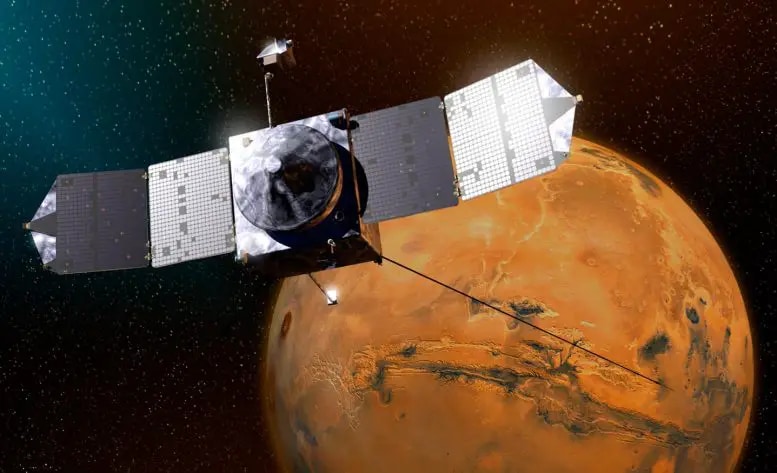
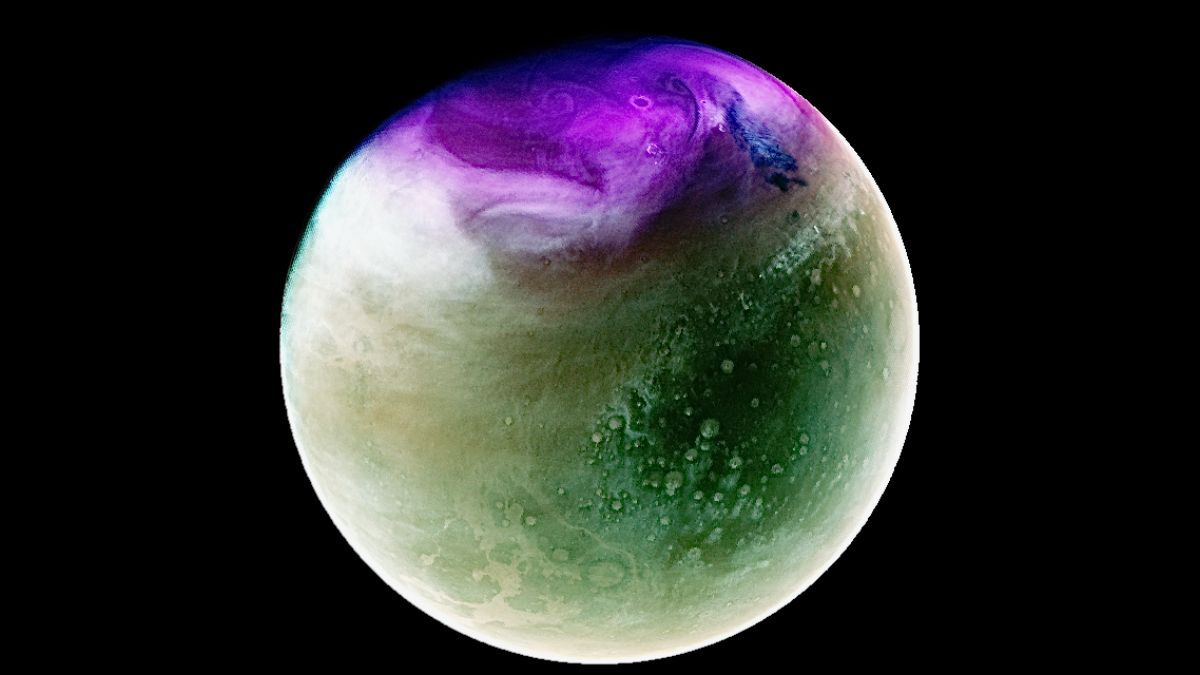
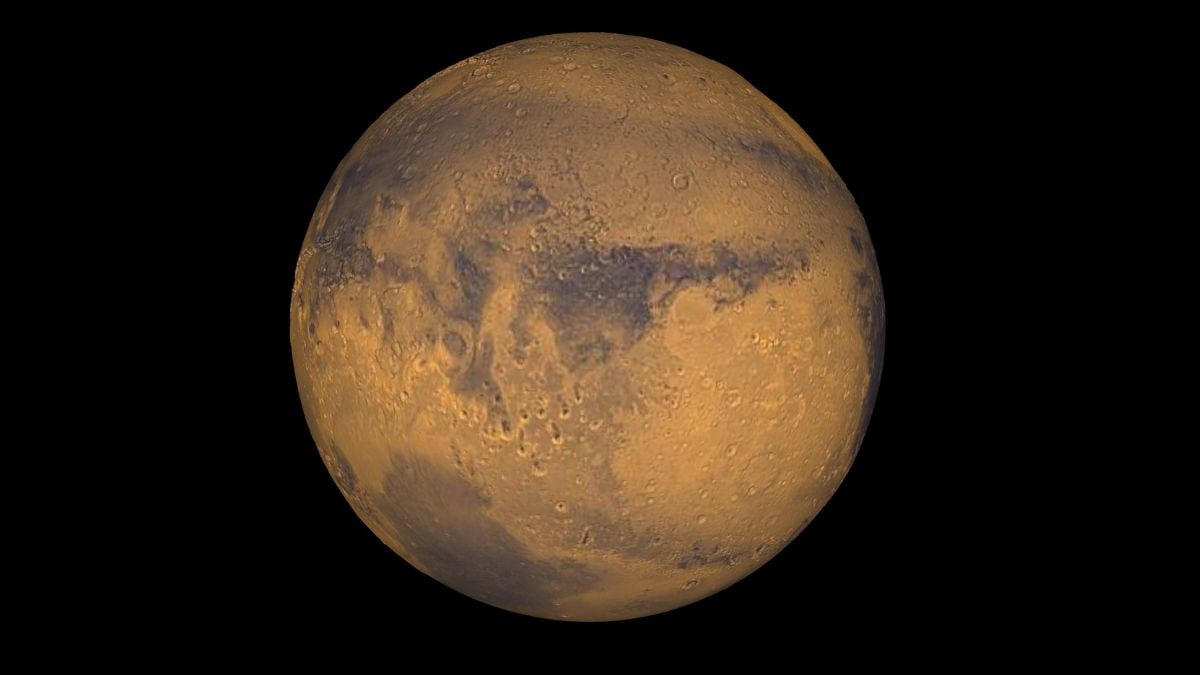
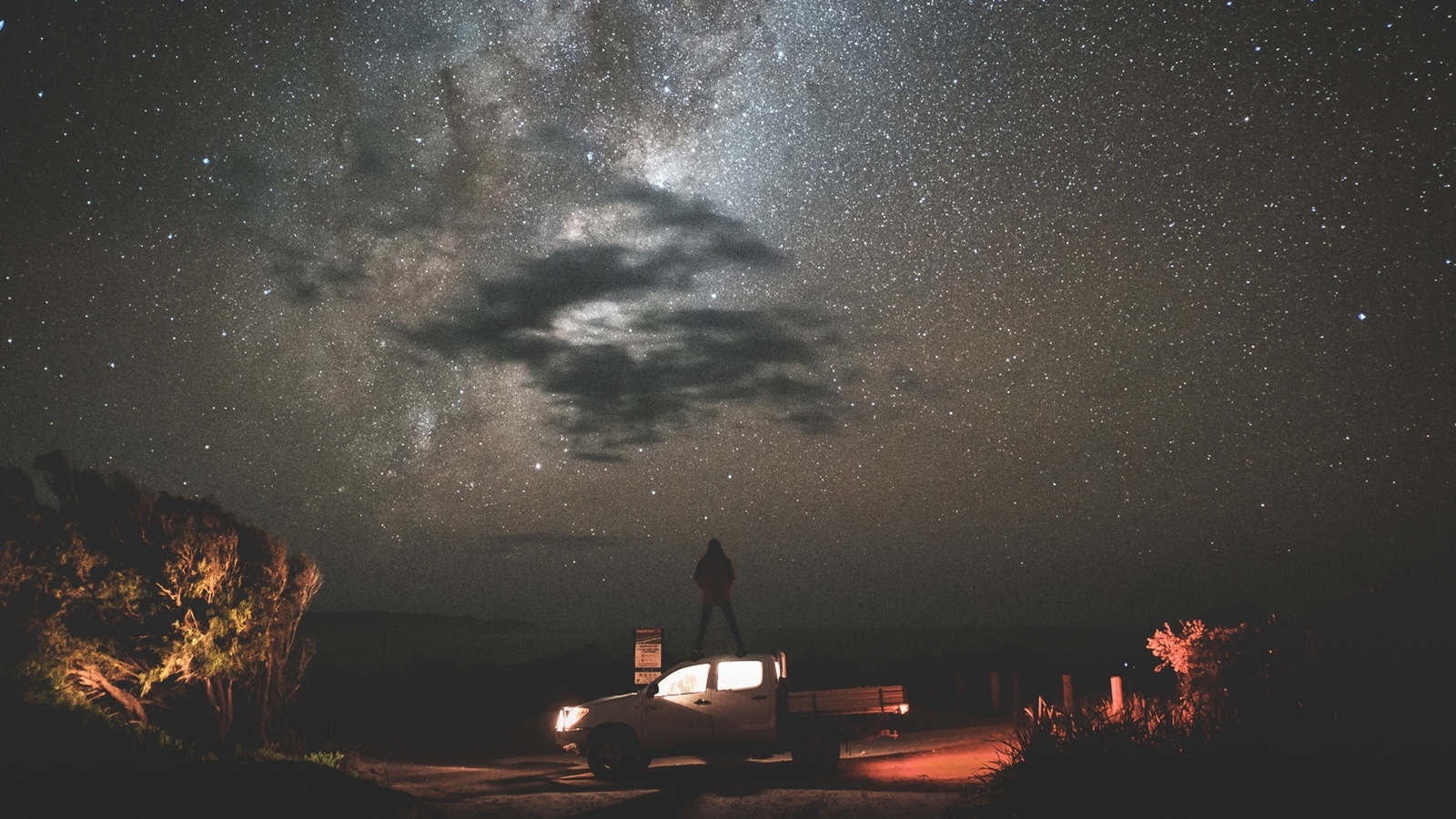
 View all Images
View all ImagesGet ready for an extraordinary celestial treat tonight as the night sky unveils a mesmerising gathering of celestial bodies shortly after sunset. Despite hazy skies caused by Canadian wildfires in some parts of North America, the moon, Mercury, Venus, and Mars are all set to grace the heavens with their dazzling performance.
Gathering of Planets
Right after sunset, cast your gaze to the western sky where you'll find a faint sliver of a two-day-old crescent moon, captivatingly low on the horizon. Accompanying this celestial beauty will be three of our solar system's inner planets, adorning the Leo constellation, also known as the Lion, according to Space.com.
For those in New York City, the captivating quartet will make their appearance just as the sun bids adieu to the day, and twilight begins to set in. However, note that the moon and the three planets will already be relatively low on the horizon by this time. So, to make the most of this stargazing marvel, find a spot with an unobstructed view of the horizon.
As the evening twilight unfolds, Venus, the brightest among the four, will grace the sky first, shining radiantly. To the right of and slightly above Venus, spot the slender moon, approximately a fist's width at arm's length away. Now, moving in the opposite direction from Venus, look above and to the left to glimpse the steady glow of red-orange Mars.
Although Mercury will be a bit harder to locate due to its faintness, it will be approximately a palm's width below and to the right of the moon. To catch a glimpse of Mercury, you'll need the aid of a telescope.
An Opportunity to Connect with the Night Sky
Not only will you witness this celestial gathering tonight, but it also presents an excellent opportunity to acquaint yourself with the captivating stars of the Leo constellation. Look for the moon situated beneath the Lion's jaw, while Venus graces the space between its front legs. As for Mars, it will be found just beside one of its rear feet.
The spectacle doesn't end tonight! On Thursday (July 20), Mars will draw even closer to the moon, offering an even more enchanting view. Keep your stargazing gear ready and head outside at the same time for the next two nights to relish the mesmerising cosmic dance of these summer skywatching favourites.
So, remember to step outside, keep your eyes to the skies, and embrace the beauty of celestial neighbours uniting for this extraordinary night of stargazing wonder!
Catch all the Latest Tech News, Mobile News, Laptop News, Gaming news, Wearables News , How To News, also keep up with us on Whatsapp channel,Twitter, Facebook, Google News, and Instagram. For our latest videos, subscribe to our YouTube channel.






























